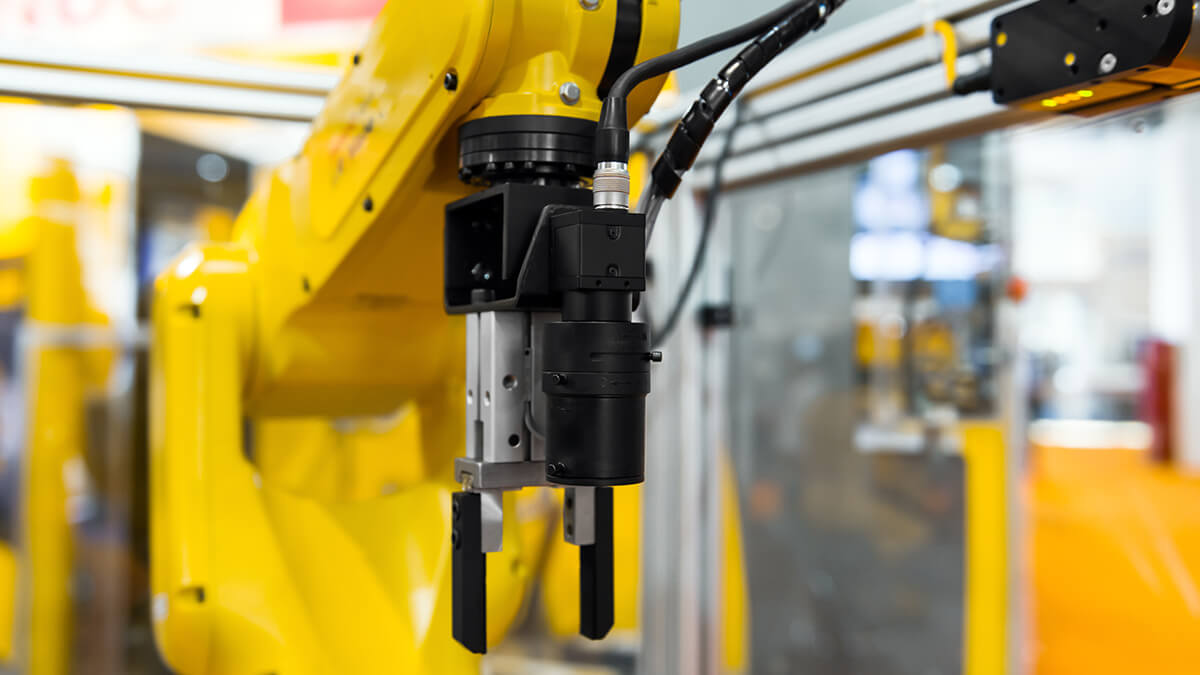How collaborative robots join production has become a link in the manufacturing chain, improving production efficiency. The small-scale collaborative industrial robot can be operated in a narrower place to solve the problem of working space limitation.
What is a collaborative robot?
A collaborative robot referred to as cobot or co-robot, is a robot designed to interact closely with humans in a close working space. As of 2010, most industrial robots are designed to operate automatically or under limited guidance, so there is no need to consider close interaction with humans, and their movements do not need to consider the safety of the surrounding humans. These are all Cooperative robots that need to consider the function. Collaborative robots are "devices and methods for direct physical interaction between humans and computer-controlled universal robots."
From a conceptual point of view, a robot is a mechanical device that automatically performs work. It can accept human commands, run pre-arranged programs, and make action plans in the form of artificial intelligence. Its main task is to assist Work that replaces humans, including routine, unconventional, and even very dangerous operations.
The industrial robot refers to a multi-joint manipulator or a multi-degree-of-freedom robot for the industrial field. The industrial robot is a mechanical device that automatically performs work. It is a machine that realizes various functions by its own ability and control. It is acceptable Human command can also run pre-programmed programs.
Traditional robots must be far away from humans in the process of operation, and complete the work in the fence or the protective fence to avoid humans being injured by the robots. The new generation of industrial robots is called "collaborative robots". They work in a completely different way. They can work in the same space as humans without harming them.
For decades, in the field of heavy industry, especially in the field of automobiles, industrial robots have become an important pillar capable of performing high-precision operations such as welding and handling. For any heavy equipment, workers work around them, there is a greater risk. In order to ensure safety, a series of safety measures are required when using these robots. When humans enter the safe area, stop or restrict the robot's exercise.
A class of industrial robots has recently appeared in the industrial market: cooperative robots. The goal of this type of robot is to achieve joint cooperation between humans and robots, and it has safety-level monitoring stations, manual teaching, speed and separation monitoring, and power. The four attributes of power limitation and power limitation enable industrial robots to work in an unrestricted environment. Usually, these robots mainly assist workers to complete daily tasks automatically, while workers deal with operational tasks that require judgment or are not easily replaced by robots.
Collaborative robots need to cooperate in the production chain, which requires the application of sensor technology to help determine how to operate through the sensor. Human-machine contact is getting closer. At this time, the sensor plays a key role. It gives robots the ability to sense with precision-this is a necessary prerequisite for achieving equal cooperation in all challenges related to robotics: robot vision, safety robots, arm-end tools, and position feedback.
Solutions for challenges related to robotics
- Robot Vision: As an optical image system, robot vision makes robots a working partner with vision and can identify the location of objects. Thus, flexible automation in the era of Industry 4.0 can be realized.
- Safe robots: Safe robot solutions ensure the safety of personnel, which includes all measures to make the sensitive area near the robot a safe workplace.
- Arm-end tools: For arm-end tools, provides mature sensing technology for gripper and robot tools to achieve sharp insights during operations.
- Position Feedback: The solution for position feedback provides information about the speed, position, and status of the drive for the motor feedback system built into the drive. Thereby laying a sensing foundation for all robot movements.






.jpg)







